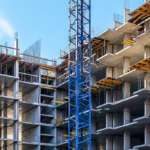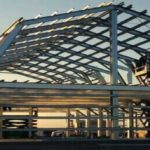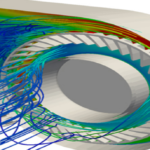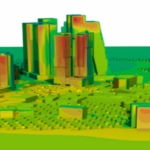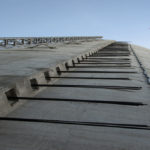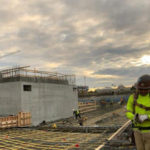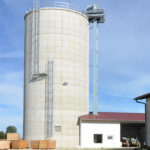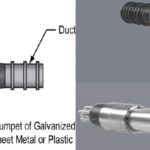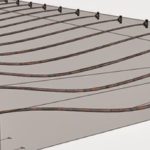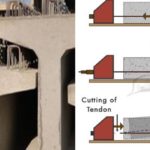Blog
Post Tensioning Method In Foundations

Foundations are structural elements that ensure the safe transfer of loads from the superstructure to the soil. The foundation design varies depending on the type of structure, loads and behavior of soil. With a correct and appropriate design and application, the advantages of post-tensioning in story slabs can also be achieved in foundations.
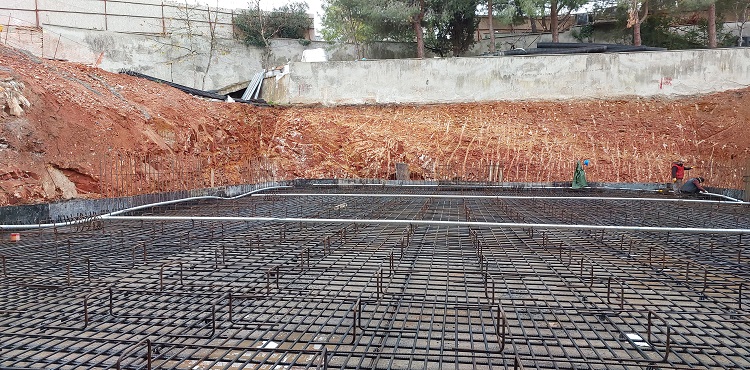
Foundation thicknesses can vary according to the weight of the structure, the bearing capacity of the soil and the punching behavior. With the post-tensioning method, the thickness of the foundations can be reduced compared to the foundations designed with conventional reinforced concrete. In addition, the amount of mild reinforcement is significantly reduced, since most of the strength required to provide the bearing capacity is provided by the post-tensioning method. As a result, significant economic benefits can be achieved by using post-tensioning method.
One of the parameters to be considered in the design and construction of foundation structures is water impermeability. Since the post-tensioning application provides a significant cracking resistance, the foundation with increased watertightness resistance becomes more protected against corrosion.
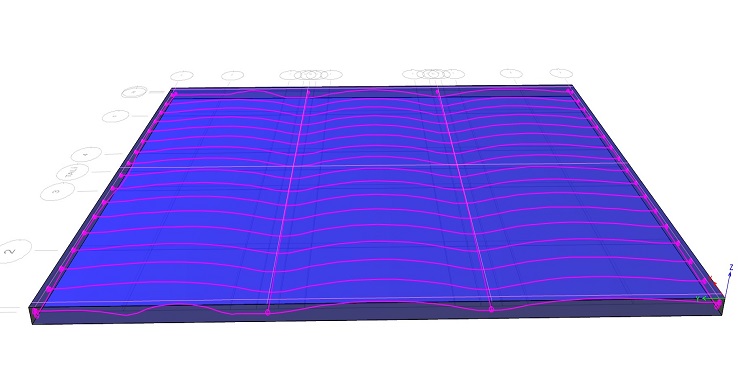
Since the foundations interact with both the superstructure and the soil, the tendon profile in the foundations differs from the tendon profile in the story slabs. In story slabs, the tendon profile is in the form of a downward parabola between two supports, while in foundations it is in the form of an upward parabola. The main reason for this is to compensate for the downward effect caused by the forces at the support points and the upward deformation effect due to the soil in the span. In addition, as a result of the researches and applications on the post-tensioning method, it has been determined that it has a positive effect on the punching behavior.
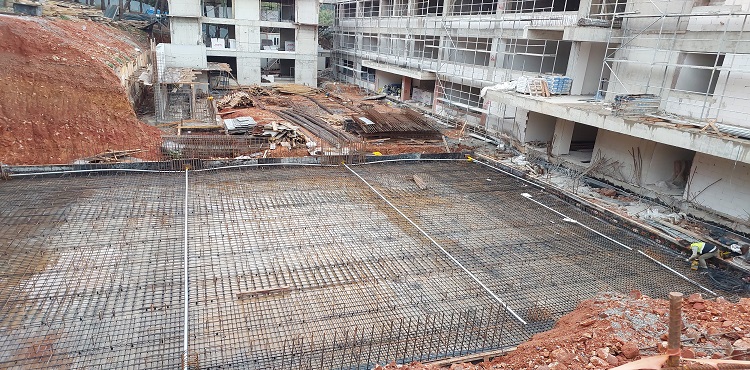
In the post-tensioning design, two different types of tendons are used, bonded and unbonded. Placing bonded and unbonded tendons in two directions requires extensive planning and detailing to avoid problems in tendon profile. Post-tensioning tendons provide a significant portion of the required resistance, but the minimum amount of mild reinforcement along the foundation must be met and additional mild reinforcements should be used, if necessary, where high stress occurs.
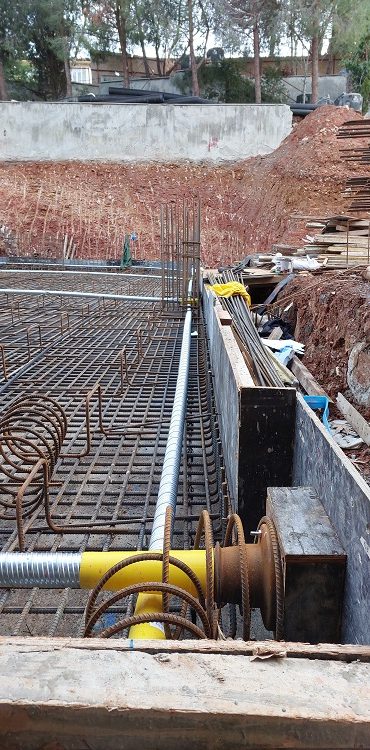
Latest Blog
-
Methods Used In Earthquake Performance Analysis
4 July 2024 -
Reinforced Concrete Calculation Static Report
31 January 2024 -
Steel Calculation Static Report
31 January 2024 -
What Is CFD Analysis?
22 December 2023 -
What Are The Benefits Of CFD Analysis?
22 December 2023 -
Silo Reinforcement with Post-Tensioning Method
26 September 2023 -
Post Tensioning Method in Cantilever Slabs
4 September 2023 -
Post-Tensioning Application In Reinforced Concrete Silos
22 August 2023 -
Components Of Post Tensining
16 August 2023 -
What Are Pre-Stressing And Post-Tensioning?
11 August 2023 -
What is Prestressing?
8 August 2023 -
History Of Post Tensioning
8 July 2023 -
Post Tensioning Method In Foundations
14 June 2023




